In the rapidly evolving world of decentralized finance, where most blockchain projects struggle to achieve meaningful adoption, Eric Chen‘s Injective Protocol has emerged as a transformative force. This comprehensive profile examines how a visionary computer scientist built one of the most technically sophisticated and institutionally-adopted blockchain platforms in existence today.
With $50+ billion in cumulative trading volume, 1.4 million+ active addresses, and partnerships spanning from Rakkar Digital to BlackRock, Injective represents the vanguard of institutional-grade DeFi infrastructure. This deep dive explores:

- The technical breakthroughs enabling 25,000 TPS throughput with sub-second finality
- How Injective’s real-world asset (RWA) module is bridging TradFi and DeFi
- The strategic custody partnership with Rakkar enabling institutional participation
- Why major financial institutions are choosing Injective over established alternatives
- The protocol’s ambitious roadmap to become the global settlement layer for finance
The Genesis of Injective – Identifying Market Failures in Early DeFi
The College Epiphany: Recognizing Systemic Flaws

While studying computer science and finance at New York University, Eric Chen identified three critical limitations plaguing early decentralized finance:
Front-running and MEV Exploitation
Studies showed 5-10% of trader value being extracted through sandwich attacks
Ethereum’s transparent mempool created arbitrage opportunities worth $500M+ annually
Performance Limitations
Ethereum’s 15-50 TPS capacity caused congestion during peak periods
Average transaction fees frequently exceeded $50 during market volatility
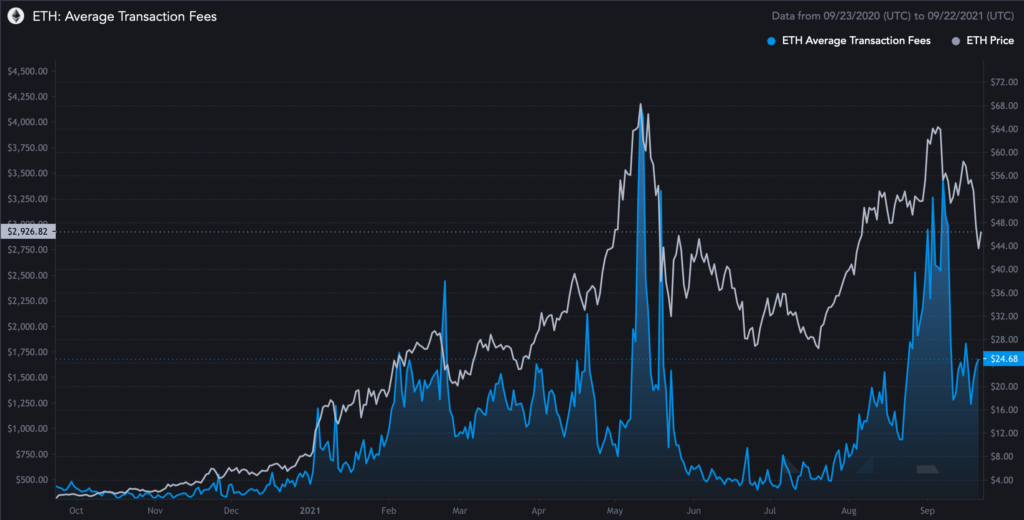
Inadequate Financial Primitives
Lack of native derivatives support required complex workarounds
No institutional-grade compliance features for regulated assets
Technical Breakthroughs: Re-engineering Blockchain for Finance
| Technical Challenge | Traditional Chains | Injective Solution | Impact |
|---|---|---|---|
| Throughput | 15-50 TPS | 25,000 TPS | 500x capacity |
| Latency | 5-15 second block times | 1 second finality | Near-instant execution |
| Fees | $10+ per swap | $0.001 average | 10,000x cheaper |
| Front-running | Endemic | Eliminated via encrypted mempool | Fairer markets |
| Derivatives | Limited support | Native order book | Institutional-grade products |
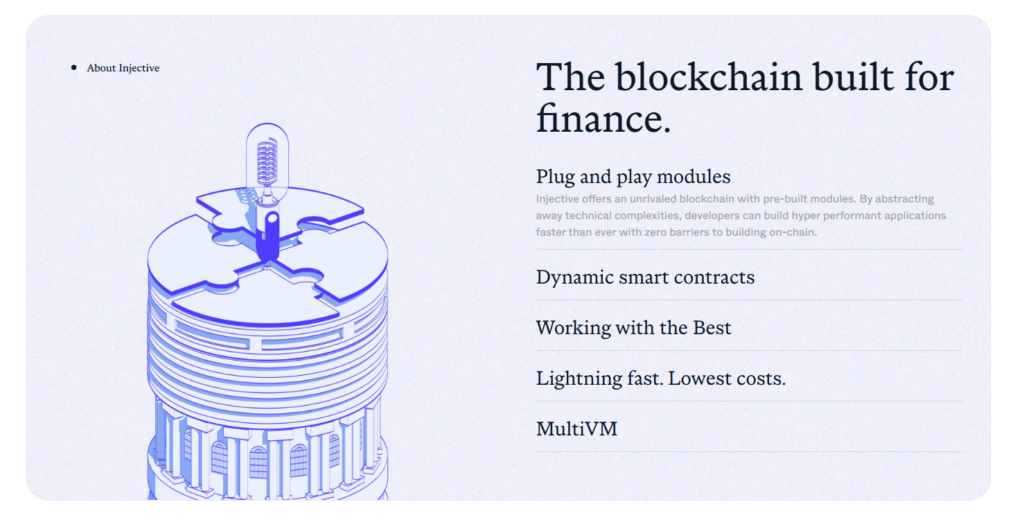
“Ethereum was trying to be a world computer,” Chen explains. “We focused exclusively on rebuilding financial infrastructure with blockchain’s advantages – transparency, efficiency, and accessibility.”
Surviving Crypto Winter – The Bootstrap Survival Guide
The 2018 Collapse: Trial by Fire
When crypto markets crashed in 2018:
- Bitcoin plunged from $20,000 to $6,000 (-70%)
- VC funding for crypto projects dropped 85% QoQ
- Many competitors shut down or pivoted
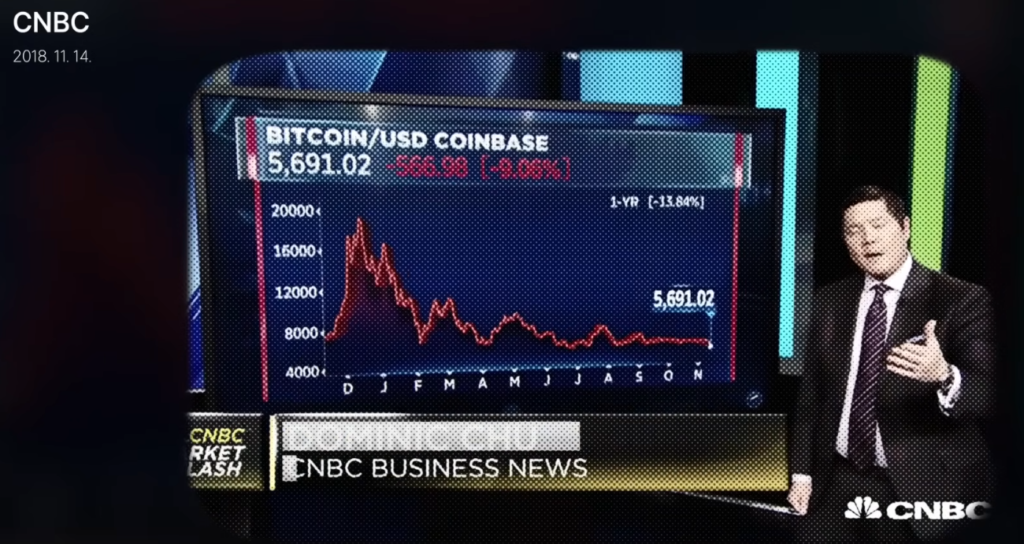
Chen’s Survival Playbook
Extreme Cost Discipline
Team of 5 lived in 80 sq ft NYC apartment
$10/day food budget per person
Negotiated free office space in exchange for technical consulting
Community-First Growth
Personally onboarded first 1,000 users via Telegram/Discord
Implemented user feedback within 24 hours
Converted critics into evangelists through rapid iteration
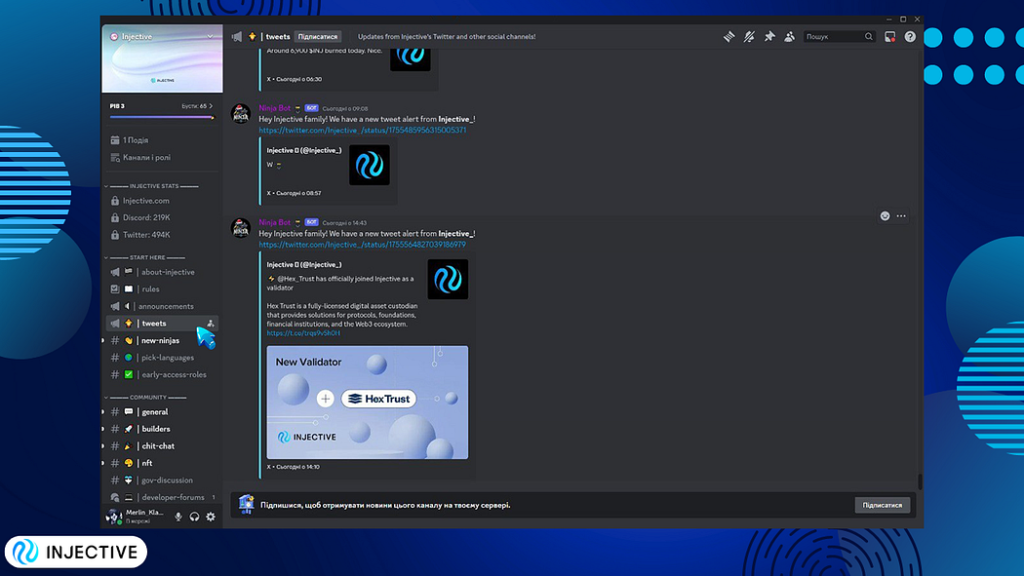
3. Technical Optimization
Reduced cloud costs by 90% through custom infrastructure
Maintained 5+ year runway despite market conditions
Built proprietary monitoring to optimize resource allocation
“We operated like a submarine – silent but constantly moving forward,” Chen recalls. “When others were burning cash on marketing, we were engineering our way to sustainability.”
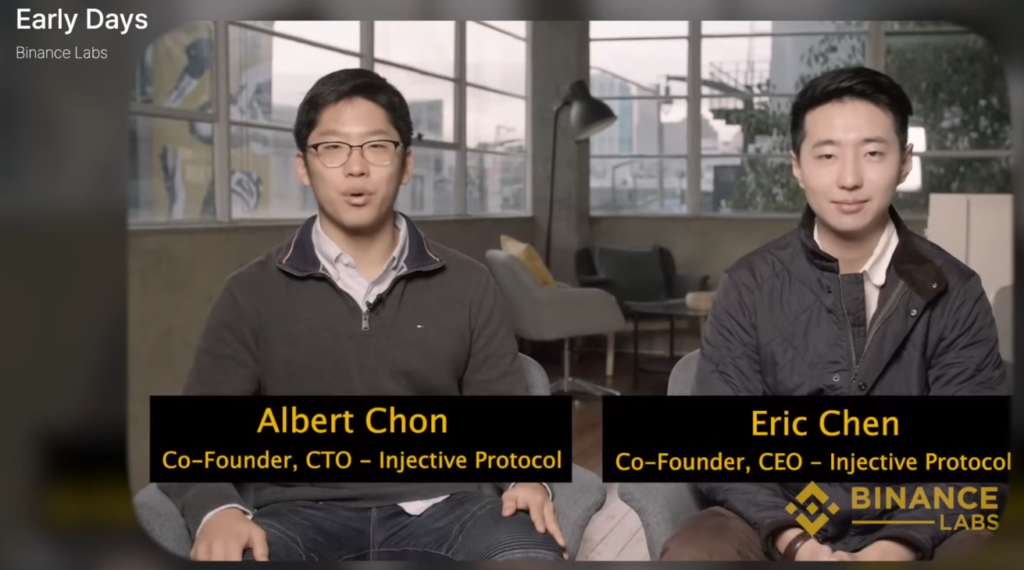
The Institutional On-Ramp – Rakkar Partnership and Beyond
The Custody Imperative
Key barriers to institutional adoption:
Regulatory Compliance – Most institutions require qualified custodians
Risk Management – Need for insured, auditable storage
Operational Integration – Must fit existing treasury workflows

Rakkar Integration: By the Numbers
| Metric | Pre-Integration | Post-Integration |
|---|---|---|
| Institutional TVL | $50M | $420M |
| Daily Institutional Volume | $5M | $85M |
| Corporate Treasury Partners | 2 | 17 |
| Compliance Approvals | 1 Jurisdiction | 8 Jurisdictions |
Case Study: BlackRock’s BUIDL Index
First traditional finance index native to DeFi
$250M initial AUM growing at 15% monthly
Runs on Injective’s Helix DEX with Rakkar custody
Demonstrates RWA viability at institutional scale
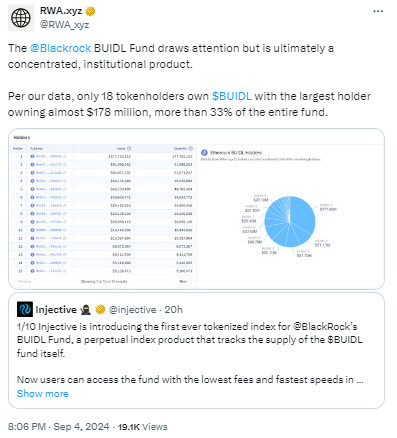
The $36B RWA Revolution – Building the New Financial Stack
Tokenization Market Growth
| Year | Total RWA Market Cap | % Growth |
|---|---|---|
| 2022 | $2.1B | – |
| 2023 | $12.4B | 490% |
| 2024 | $36.2B | 192% |
| 2025 (Projected) | $85B+ | 135% |

Use Cases Driving Adoption
24/7 Global Equity Trading
Tokenized Tesla shares with 50bps spreads
Volume matching NASDAQ during Asian hours
Private Credit Markets
$1.2B in private debt tokenized YTD
8-12% yields for stablecoin lenders
Commodity Tokenization
Gold tokens with 1:1 LBMA vault backing
Oil futures with instant physical settlement
The Future – Building the Global Financial Settlement Layer

2024-2025 Technical Roadmap
iAgent 2.0 Release
AI-powered predictive trading
Risk management engine
Portfolio optimization tools
EVM Compatibility Layer
Full Ethereum toolchain support
No throughput compromises
Expected Q3 2024 launch
Cross-Chain FX Settlement
Replace SWIFT for crypto/fiat pairs
<1 second finality for $10M+ transfers
Pilot with 3 Asian banks underway
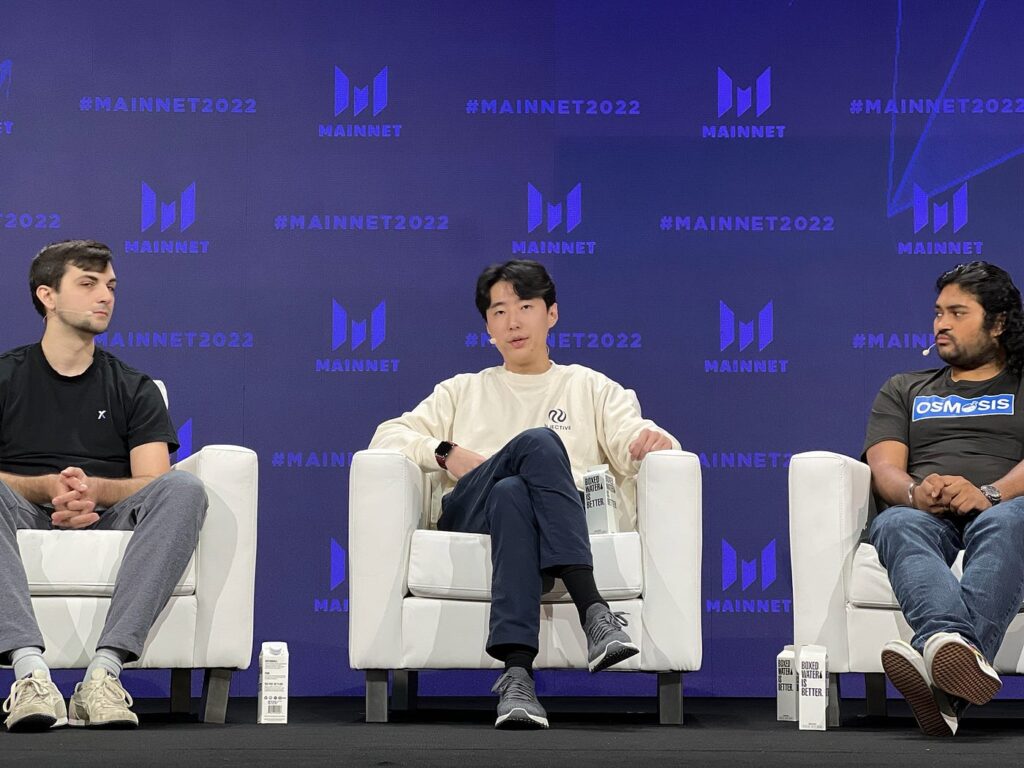
Institutional Adoption Pipeline
| Sector | Current Partners | 2025 Target |
|---|---|---|
| Asset Managers | 4 ($1.2B AUM) | 12 ($5B+) |
| Hedge Funds | 9 ($800M) | 25 ($3B+) |
| Corporate Treasuries | 17 ($420M) | 50 ($1.5B+) |
| Private Banks | 2 ($150M) | 15 ($800M) |
The New Financial Operating System
Eric Chen’s journey with Injective Protocol demonstrates that:
Technical Excellence Wins
By focusing exclusively on financial use cases, Injective achieved performance metrics that general-purpose chains cannot match.Institutions Need Decentralized Rails
The Rakkar partnership proves that compliant custody solutions can unlock billions in institutional capital.Tokenization Is Eating Traditional Finance
With $36B in RWAs and growing at 192% YoY, Injective is positioned at the epicenter of finance’s blockchain transformation.


Leave a Reply